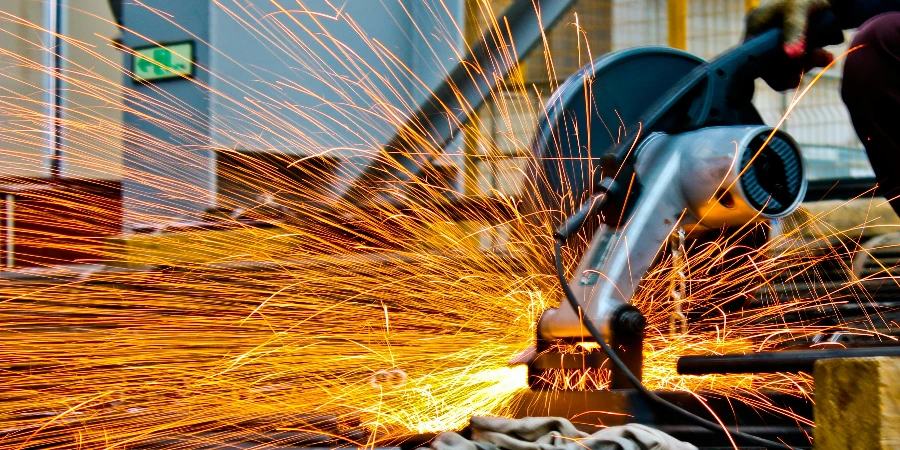In 2025, the belt grinder market continues to expand, driven by advancements in technology and increased demand for precision tools. This article provides an in-depth analysis of the belt grinder market and offers valuable insights to assist professional buyers in making informed decisions. It covers essential factors such as abrasive belts, motor power, belt speed, frame construction, and safety features to optimize your purchasing strategy.
Sommario:
-The Belt Grinder Market: A Comprehensive Overview
-Key Factors When Selecting a Belt Grinder
-Enhancing Belt Grinder Performance with Proper Maintenance
-Upgrading Your Belt Grinder for Enhanced Capabilities
-Conclusione
The Belt Grinder Market: A Comprehensive Overview
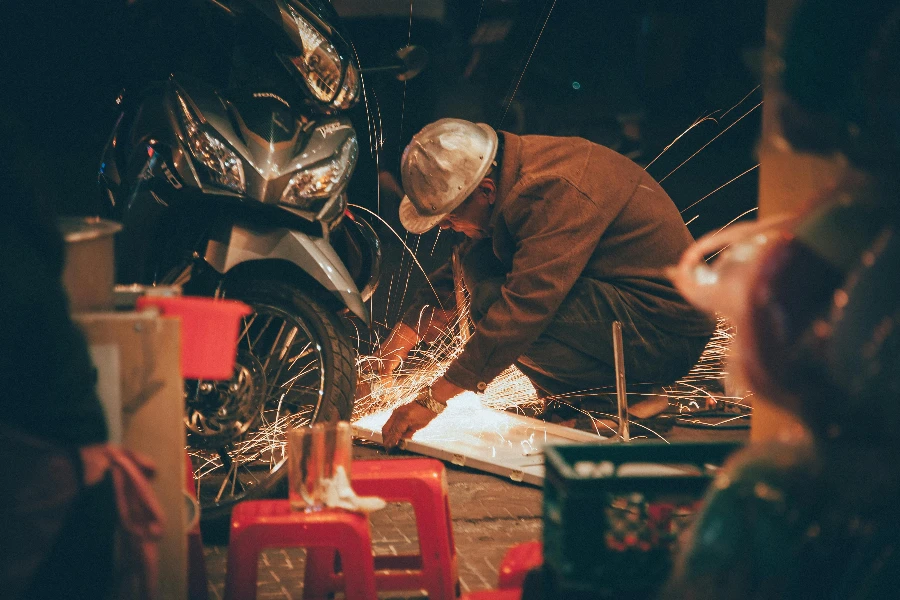
Dimensioni del mercato e proiezioni di crescita
The global belt grinder market has been experiencing significant growth, driven by increasing demand across various industries. As of 2024, the market was valued at approximately USD 2.24 billion and is projected to grow at a compound annual growth rate (CAGR) of 7.77%, reaching USD 3.52 billion by 2030. This growth is fueled by the rising need for precision grinding in manufacturing processes and advancements in technology that enhance the efficiency and versatility of belt grinders.
North America and Europe dominate the belt grinder market due to well-established manufacturing sectors and the presence of key market players. The Asia-Pacific region is also expected to exhibit substantial growth, driven by rapid industrialization and increasing investments in the manufacturing sector, particularly in China and India. The market is segmented into different types of belt grinders, including compact, large, and standard machines, catering to various applications such as industrial use and woodworking shops.
Analisi approfondita del mercato
The belt grinder market is characterized by several key performance benchmarks that influence its dynamics. Precision and efficiency in the grinding process directly impact the quality of the final product. Leading players like BIESSE GROUP, Boarke Group, and C.H. Hanson Company hold significant market shares due to their innovative products and strong distribution networks.
Economic factors such as the rise in manufacturing activities and technological advancements play a crucial role in market growth. The shift in consumer behavior towards high-quality and durable products has also driven the demand for advanced belt grinders. Preferred distribution channels include direct sales, distributors, and online platforms, with digitalization enhancing customer reach and engagement.
Recent innovations in the belt grinder market include automated and smart grinders equipped with sensors for real-time monitoring and predictive maintenance. These innovations help reduce downtime and improve operational efficiency. The product lifecycle stages indicate a growing trend towards adopting advanced belt grinders in mature markets, while emerging markets are gradually transitioning from traditional grinding methods to more sophisticated solutions.
Approfondimenti strategici e tendenze future
Customer pain points in the belt grinder market often involve the need for high precision, durability, and ease of use. Leading companies focus on these attributes through extensive R&D and marketing efforts. Differentiation strategies include offering customized solutions tailored to specific industrial needs and leveraging advanced technologies such as IoT and AI to enhance product capabilities.
Niche markets within the belt grinder industry are emerging, particularly in aerospace and automotive sectors, where precision grinding is critical. The trend towards Industry 4.0 and smart manufacturing is expected to further drive the demand for advanced belt grinders. Companies focusing on innovation and strategic collaborations are likely to gain a competitive edge in this evolving market landscape.
Key Factors When Selecting a Belt Grinder
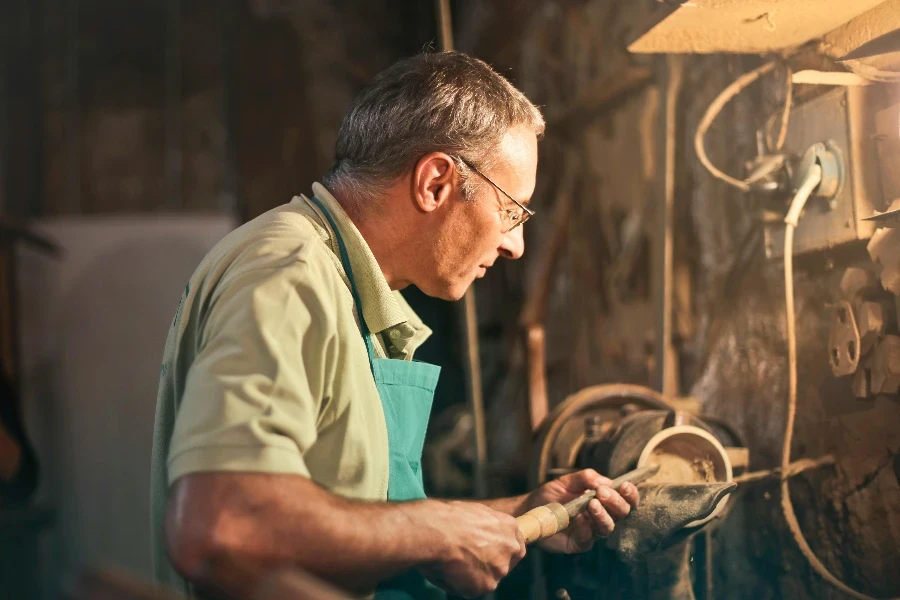
When selecting a belt grinder, consider several key factors to ensure the machine meets your operational needs. These factors include the type of abrasive belt, motor power, belt speed, frame construction, and safety features. Understanding these aspects will help you make an informed decision.
Type of Abrasive Belt
The type of abrasive belt is critical as it directly affects performance and the quality of the finished product. Abrasive belts come in materials like aluminum oxide, silicon carbide, zirconia alumina, and ceramic. Each material has specific properties suited for different applications.
Aluminum oxide is versatile and cost-effective, suitable for grinding and finishing various materials, including metals, wood, and plastics. Silicon carbide is harder and sharper, ideal for grinding non-ferrous metals and hard materials like glass and ceramics. Zirconia alumina balances durability and cutting efficiency, making it suitable for heavy-duty tasks. Ceramic belts, with their superior hardness and heat resistance, are ideal for high-speed grinding and finishing of hard materials like stainless steel and titanium.
Potenza motore
The motor power of a belt grinder determines its ability to handle different tasks and materials. Belt grinders typically come with motors ranging from 0.5 HP to 3 HP or more. For light-duty tasks and small-scale operations, a motor with 0.5 HP to 1 HP may suffice. For more demanding applications, such as heavy stock removal or working with hard metals, a motor with 2 HP or more is recommended.
A powerful motor ensures consistent performance and reduces the risk of stalling during heavy operations. Variable speed motors offer greater flexibility, allowing you to adjust the belt speed for different materials and tasks.
Velocità del nastro
Belt speed influences grinding efficiency and finish quality. Belt grinders typically operate at speeds ranging from 1,500 to 6,000 surface feet per minute (SFM). The optimal belt speed depends on the material and desired finish. Lower speeds (1,500-2,500 SFM) are suitable for finer finishes and delicate materials, while higher speeds (3,000-6,000 SFM) are ideal for rapid material removal and harder metals.
Variable speed belt grinders allow you to adjust the speed to match specific requirements, enhancing versatility and prolonging the life of the abrasive belt by reducing heat buildup and wear.
Costruzione del telaio
The construction of the belt grinder’s frame plays a significant role in its durability and stability. Belt grinders are typically made from steel, aluminum, or cast iron. Steel frames offer excellent strength and rigidity, suitable for heavy-duty applications. Aluminum frames are lighter and more portable, ideal for mobile operations. Cast iron frames provide superior vibration dampening, ensuring smoother operation and a higher quality finish.
The frame design also affects ease of maintenance and belt changes. Look for features like quick-release mechanisms and accessible belt tracking adjustments to minimize downtime and improve efficiency. A well-constructed frame with robust welds and reinforcements ensures long-term reliability.
Caratteristiche di sicurezza
Safety is paramount when operating a belt grinder. Key safety features include emergency stop buttons, belt guards, and spark arrestors. Emergency stop buttons allow operators to quickly shut down the machine in case of an emergency. Belt guards protect the operator from accidental contact with the moving belt, while spark arrestors help contain sparks and debris, reducing fire risk.
Consider features like adjustable work rests and dust collection systems. Adjustable work rests provide better control and support for the workpiece, enhancing precision and safety. Dust collection systems help maintain a clean work environment by capturing airborne particles and debris, reducing respiratory hazards and improving visibility.
Enhancing Belt Grinder Performance with Proper Maintenance
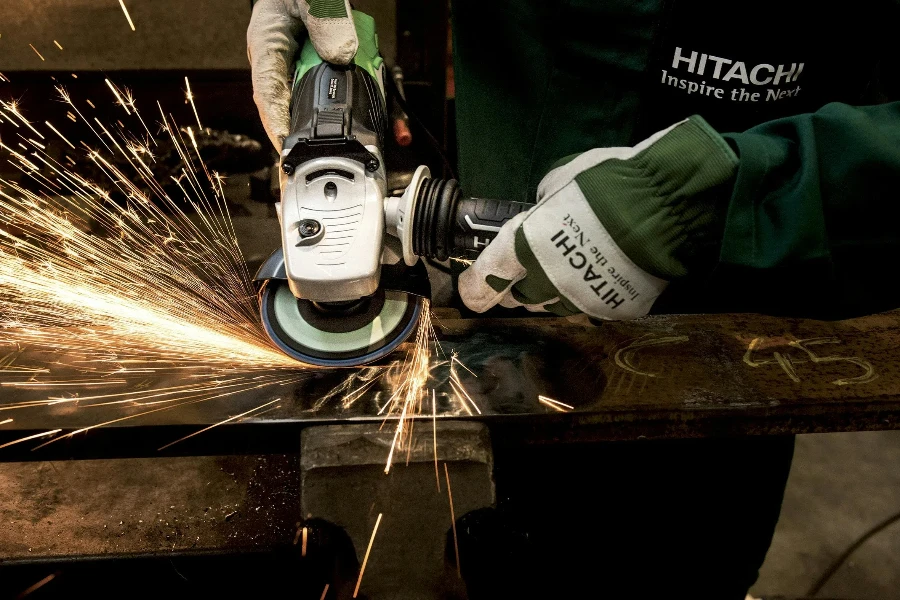
Proper maintenance ensures the longevity and optimal performance of your belt grinder. Regular tasks include inspecting and replacing worn belts, lubricating moving parts, and checking for loose or damaged components. Keeping the machine clean and free of debris helps prevent wear and tear.
Inspecting and Replacing Worn Belts
Abrasive belts wear out over time and need to be replaced periodically to maintain grinding efficiency. Inspect the belts regularly for signs of wear, such as fraying, glazing, or loss of grit. Replace worn belts promptly to prevent damage to the workpiece and ensure consistent performance.
Lubrificazione delle parti mobili
Lubrication is crucial for the smooth operation of moving parts, such as bearings, pulleys, and tensioning mechanisms. Use appropriate lubricants as recommended by the manufacturer and apply them regularly to reduce friction and prevent premature wear. Proper lubrication also helps maintain belt tension and alignment, ensuring efficient grinding.
Checking for Loose or Damaged Components
Regularly inspect the belt grinder for loose or damaged components, such as bolts, nuts, and guards. Tighten any loose fasteners and replace damaged parts immediately to prevent accidents and ensure stability. Pay special attention to the tracking mechanism and ensure the belt runs smoothly and stays aligned.
Keeping the Machine Clean
A clean belt grinder operates more efficiently and lasts longer. Remove dust, debris, and metal shavings after each use to prevent buildup and potential damage. Use compressed air or a vacuum cleaner to clean hard-to-reach areas and ensure the dust collection system functions properly.
Maintaining Electrical Components
Inspect electrical components, such as switches, cords, and plugs, for signs of wear or damage. Ensure connections are secure and cords are free from cuts or fraying. Replace any damaged electrical components to prevent hazards and ensure safe operation.
Upgrading Your Belt Grinder for Enhanced Capabilities

Upgrading your belt grinder with additional features and accessories can enhance its capabilities and improve efficiency.
Controllo della velocità variabile
Adding variable speed control allows you to adjust the belt speed for different materials and tasks. This upgrade enhances versatility and provides better control over the grinding process, resulting in higher quality finishes and increased productivity.
Work Rests and Jigs
Upgrading with adjustable work rests and jigs improves precision and support for various tasks. Work rests provide a stable platform for the workpiece, while jigs help maintain consistent angles and shapes. These accessories are especially useful for tasks like knife making, where precision is critical.
Sistemi di raccolta polveri
A dust collection system helps maintain a clean and safe work environment. It captures airborne particles and debris, reducing respiratory hazards and improving visibility. Look for systems compatible with your belt grinder and offering efficient filtration.
Additional Contact Wheels and Platen Attachments
Expanding capabilities with additional contact wheels and platen attachments allows you to tackle a wider range of tasks. Contact wheels of different sizes and hardness levels provide versatility for various applications, while platen attachments offer flat grinding surfaces for precision work.
Sistemi di tracciamento del nastro
Upgrading to an advanced belt tracking system helps maintain proper belt alignment and reduces the risk of slippage. This upgrade enhances efficiency and prolongs the life of the abrasive belt by ensuring consistent contact with the workpiece.
Conclusione
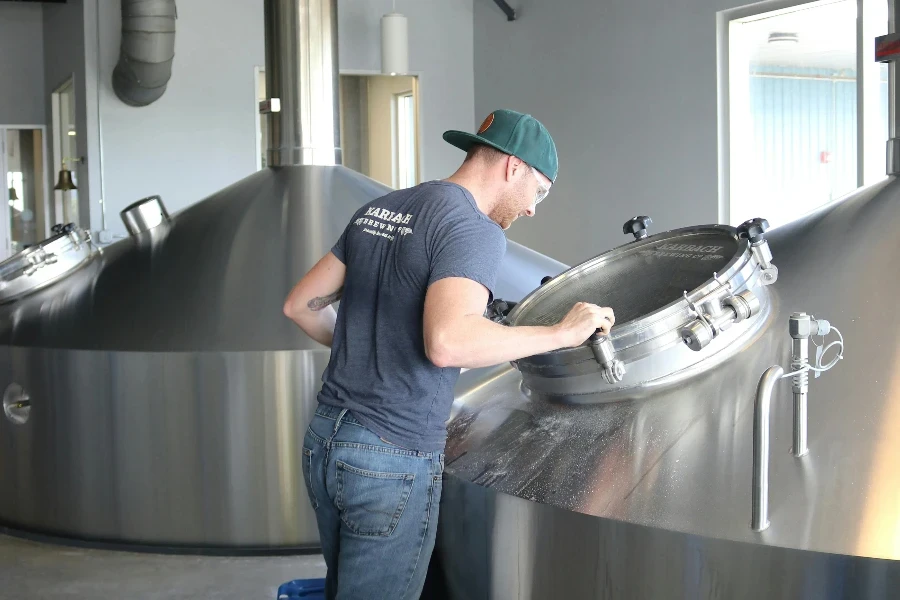
Selecting the right belt grinder involves considering factors like the type of abrasive belt, motor power, belt speed, frame construction, and safety features. Proper maintenance and timely upgrades can significantly enhance performance and longevity. By understanding these key aspects, you can make an informed decision and optimize your belt grinding operations for maximum efficiency and quality.
